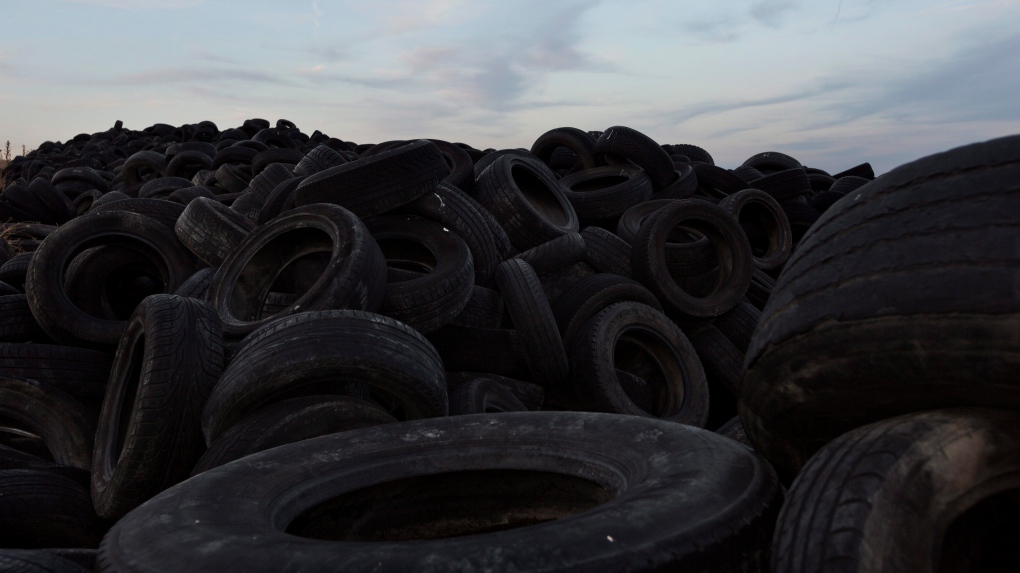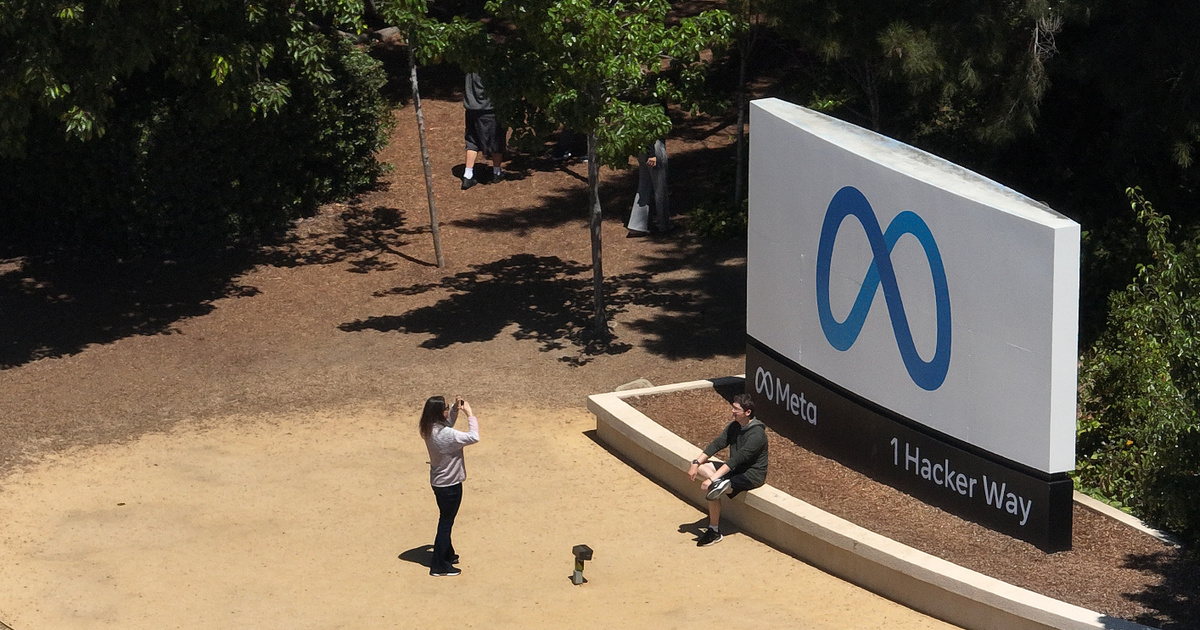the Planetary Science Journal study in which University of California (Riverside) Astrophysicist Stephen Kane investigated the influence of so-called super-Earths in our solar system. We learned about the term super-Earth from exoplanet research, meaning a rocky planet larger than Earth but smaller than Neptune, and such celestial bodies have already been found in many distant planetary systems.
It might seem that the area between Jupiter and Mars is a kind of lost territory, where another, larger, rocky planet would fit nicely. Kane has now calculated what would happen in the solar system if such a planet really existed, and in his model calculations he ran simulations using several planets of different masses.
“Although many astronomers wish there was another planet, we’re glad it didn’t exist yet,” Kane said. “The imaginary planet will cause Jupiter to deviate slightly from its orbit, and as a result, the orbits of all the other planets will also become unstable.”
Jupiter is the largest planet in the solar system, it is 318 times more massive than Earth, so its gravity has a significant effect on other planets as well. If anything were to cause a slight imbalance of Jupiter in its orbit, whether it was a terrestrial planet or a star passing near the solar system, it would have an effect on every other celestial body in the solar system.
Kane’s calculations showed that a super-Earth placed in the “gap” between Jupiter and Mars would have, depending on its mass, such an effect that Mercury, Venus and Earth could be easily expelled from the Solar System, but even similar to Uranus and Neptune. Fate can wait. However, even if the Earth were not ejected, its orbit would be altered so much by this extra planet that our home would become largely uninhabitable, but it could also mean the end of life.
Although this calculation was only theoretical for our solar system, it may be useful to consider the case of other planetary systems if we are looking for traces of life. Although Jupiter-like giant planets orbiting far from their star are only found in about 10 percent of known exoplanet systems, their presence could be decisive in whether the orbits of terrestrial planets become stable enough to support life. The research also revealed how fine-tuning the solar system’s planetary orbits played a huge role in the evolution of life on Earth.























![Does the Nintendo Switch 2 not even reach Steam Deck's performance? [VIDEO]](https://thegeek.hu/wp-content/uploads/sites/2/2023/06/thegeek-nintendo-switch-2-unofficial.jpg)




















